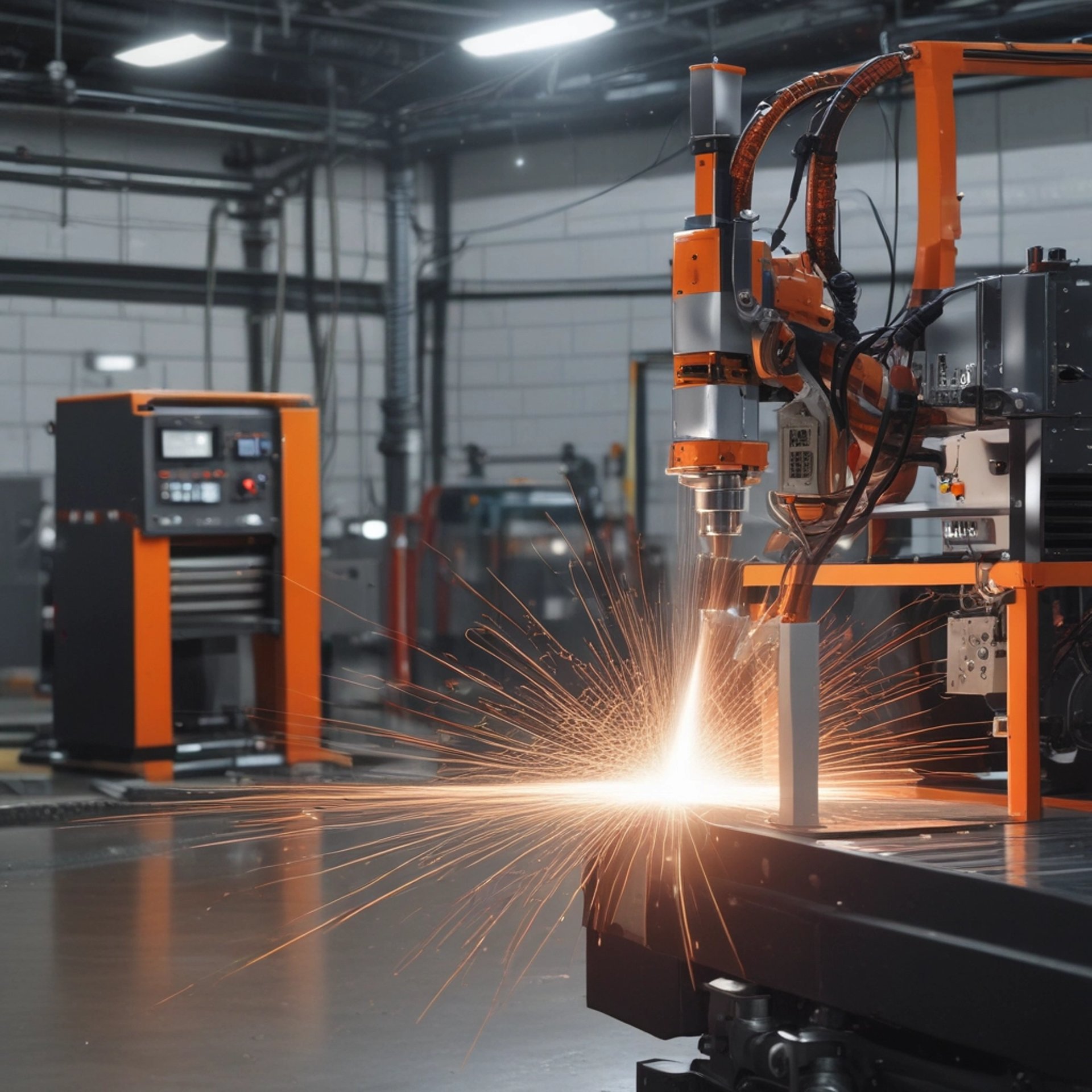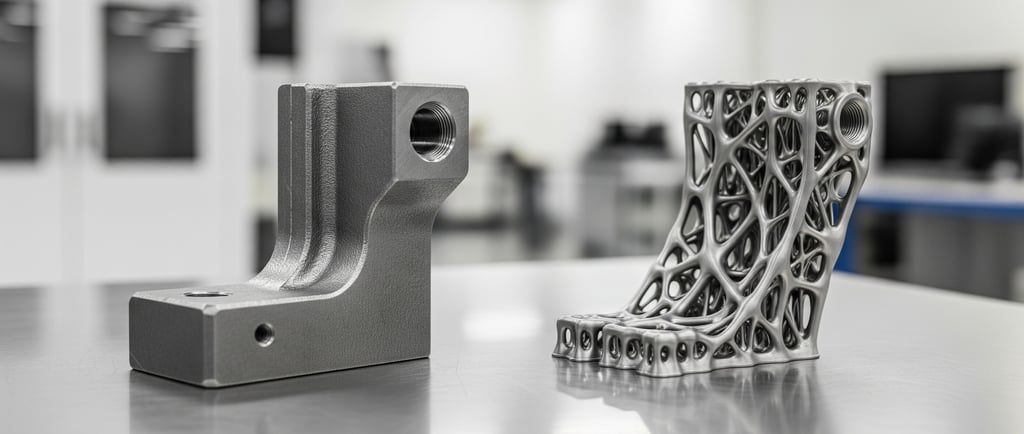Manufacturing in 2026: The Tech That Will Separate the Winners from the Dinosaurs
What if I told you that in the next 24 months, your biggest competitor might not be the shop down the street, but an algorithm? The ground is shifting beneath the manufacturing industry. The old playbook of incremental improvements and "the way we've always done it" is becoming a roadmap to irrelevance. We are at an inflection point where a few key technologies are moving from experimental labs to the factory floor, and the companies that embrace them will build an insurmountable competitive advantage. Those that don't will become fossils.
Harper Fife
8/11/20253 min read



What if I told you that in the next 24 months, your biggest competitor might not be the shop down the street, but an algorithm?
The ground is shifting beneath the manufacturing industry. The old playbook of incremental improvements and "the way we've always done it" is becoming a roadmap to irrelevance. We are at an inflection point where a few key technologies are moving from experimental labs to the factory floor, and the companies that embrace them will build an insurmountable competitive advantage. Those that don't will become fossils.
As the founder of Fife Dynamics, I don't just observe these trends; I help companies navigate them. Here are the three technologies that will define the winners in machining and fabrication by 2026.
1. Generative Design: Your New Star Engineer
What It Is: Imagine hiring a thousand brilliant engineers who can work 24/7, testing millions of design permutations for a single part. That's Generative Design. You provide the AI software with the basic constraints—where the part connects, the loads it must bear, the material to be used, and the manufacturing method—and it generates hundreds of optimized, high-performance designs, often with organic, alien-looking shapes that no human would have conceived.
Why It Matters: This isn't just about making parts look cool. It’s about pure performance. Generatively designed parts can be 30-50% lighter while being just as strong, or stronger, than their traditionally designed counterparts. For industries like aerospace, automotive, and robotics, this translates directly to lower material costs, reduced shipping weight, and superior fuel efficiency or battery life.
The Fife Dynamics Reality Check: You don't need to fire your engineering team. Start small. Pick one problematic part in an assembly—a heavy, failure-prone bracket, for instance. Use generative design as a tool to explore new possibilities for that single component. Its success will build the case for wider adoption.
2. Additive Manufacturing: Beyond Prototypes
What It Is: You know it as 3D printing, but it's time to erase the image of a plastic gizmo maker from your mind. We're talking about industrial-grade Direct Metal Laser Sintering (DMLS) and Binder Jetting that create fully dense, mission-critical metal parts from powdered steel, aluminum, titanium, and Inconel. This technology is now mature enough for production, not just prototyping.
Why It Matters: Additive manufacturing untethers design from the constraints of traditional machining. The hyper-complex, organic shapes created by generative design? Additive can build them. It also allows for part consolidation—turning an assembly of 10 welded and machined parts into a single, stronger, lighter printed component. This eliminates assembly labor, tooling costs, and multiple points of failure.
The Fife Dynamics Reality Check: Metal 3D printing is a scalpel, not a sledgehammer; it won't replace your CNC mills for every job. Its power today is in three key areas:
Complex, low-volume parts that are impossible to machine.
Custom jigs, fixtures, and tooling that you can produce in-house overnight.
Rapid prototyping of metal parts to validate a design in days, not months.
3. AI-Powered Quality Control: The All-Seeing Eye
What It Is: Imagine a quality inspector with superhuman eyes, a perfect memory of every part ever made, and who never gets tired or distracted. That is AI-powered QC. Using high-resolution cameras and machine learning algorithms, these systems can inspect parts in real-time on the production line, identifying microscopic defects, surface imperfections, or dimensional variances far more accurately and consistently than the human eye.
Why It Matters: This crushes the "good enough to ship" mindset with pure data. It reduces inspection bottlenecks, cuts down on costly rework, and prevents defective parts from ever reaching your customer. Furthermore, the data collected provides an invaluable feedback loop, allowing you to identify trends and fix root causes in your manufacturing process before they become major problems.
The Fife Dynamics Reality Check: You don't need to deploy a factory-wide AI system tomorrow. Start with your most common and costly point of failure. Is it a specific weld? A critical bore? Train a vision system to do that one job perfectly. The immediate ROI from solving that single problem will fund the next step in your AI journey.
The Choice Ahead
These technologies are not independent trends; they are part of a powerful, interconnected ecosystem. Generative design creates the optimal part, additive manufacturing builds the impossible shape, and AI quality control verifies the perfect result.
The barrier to entry for these tools is falling every day. The question is no longer "if," but "when and how." Sticking with the old ways may feel safe, but a decision to stand still while the world sprints forward.
Is your business built to win, or is it on the path to becoming a dinosaur?
If you're ready to explore how these technologies can be practically applied to your operations, let's talk. I would love to sit down and discuss a "Future-Ready Assessment". We'll identify the single biggest opportunity for you to leverage next-generation tech for a real-world ROI.
